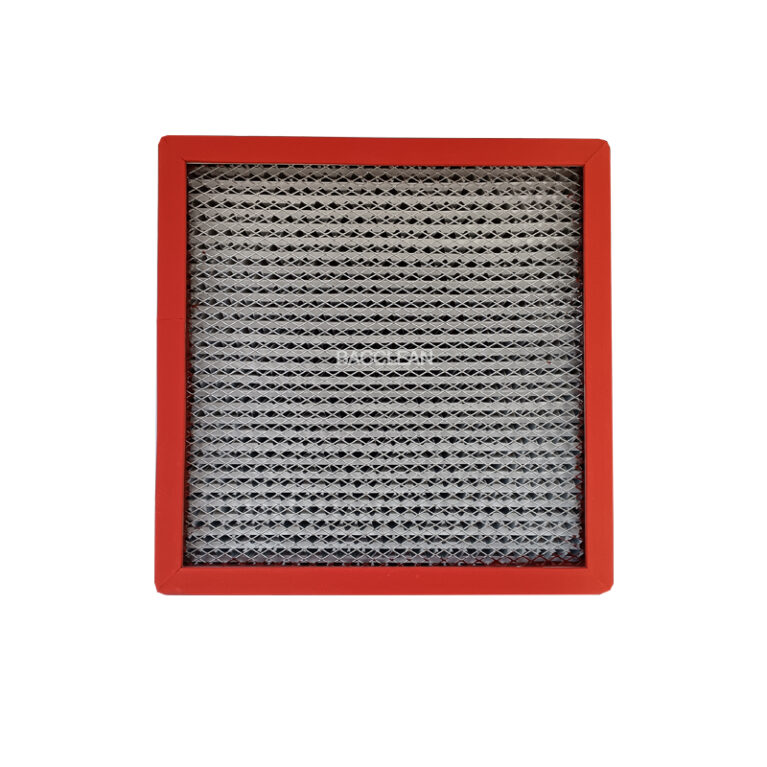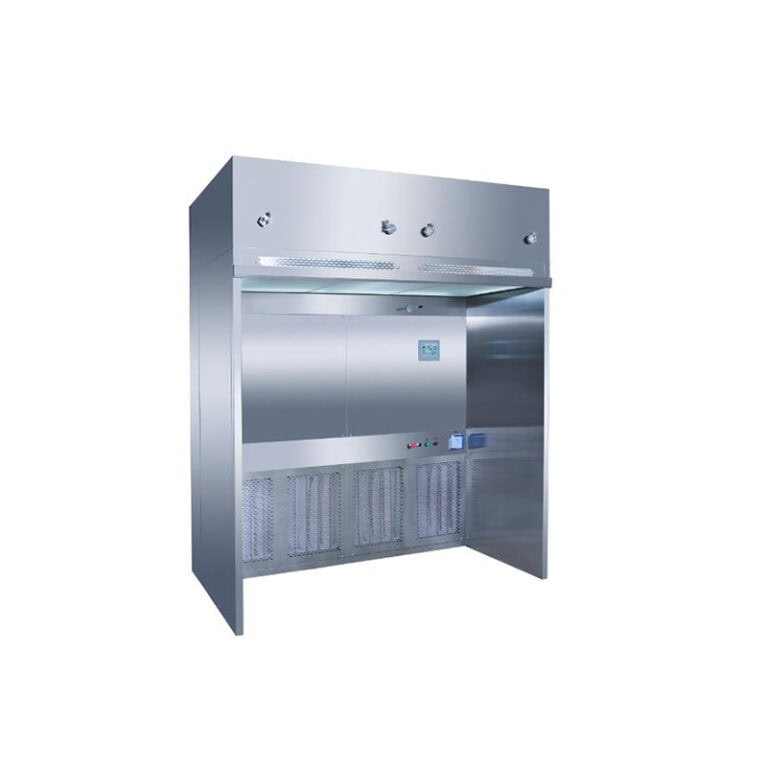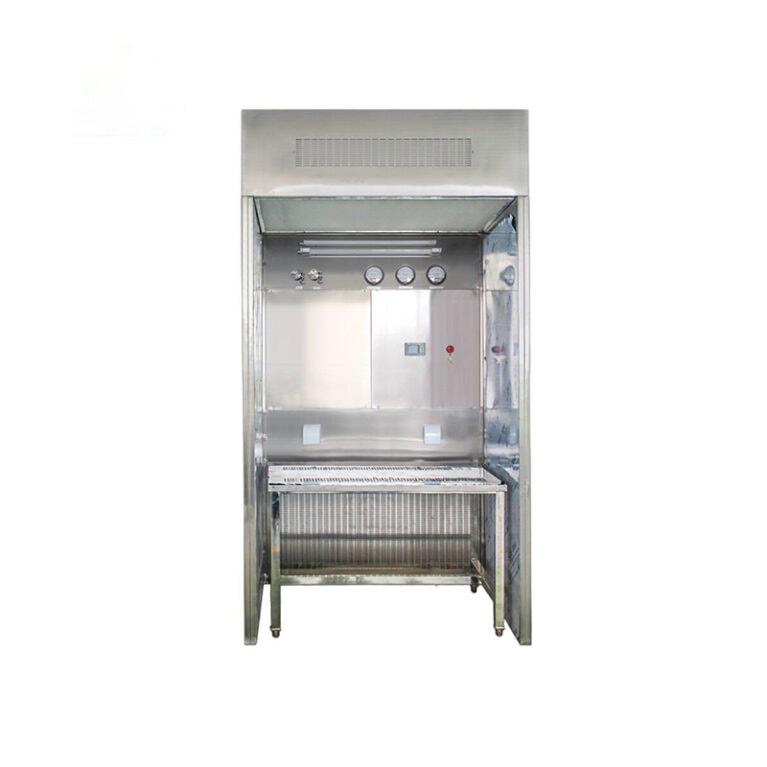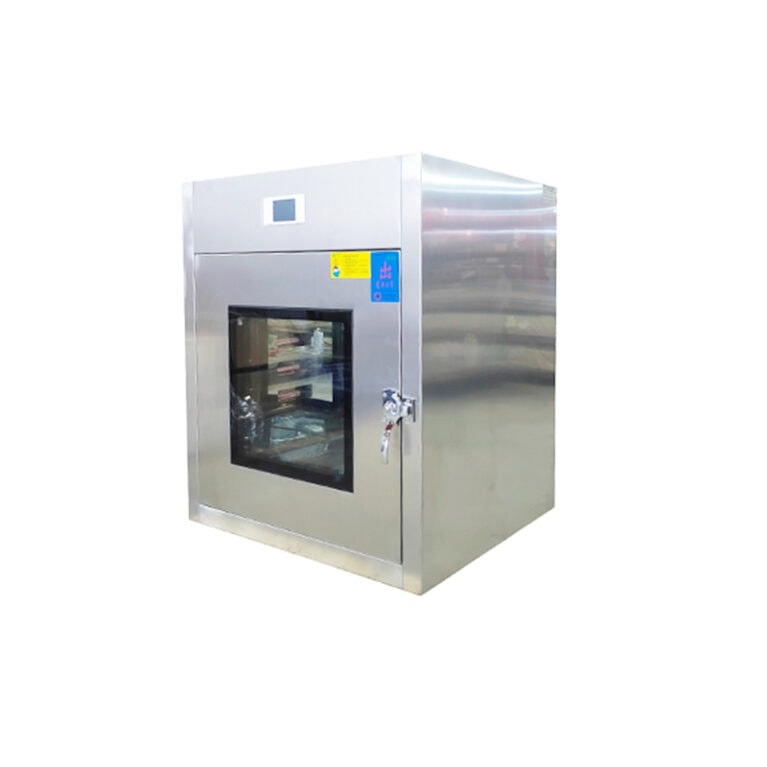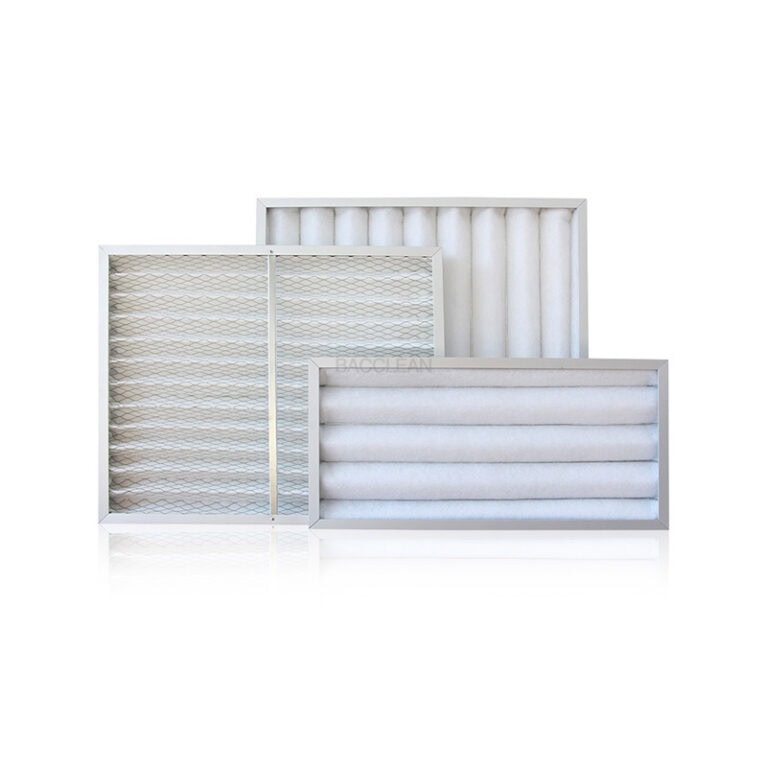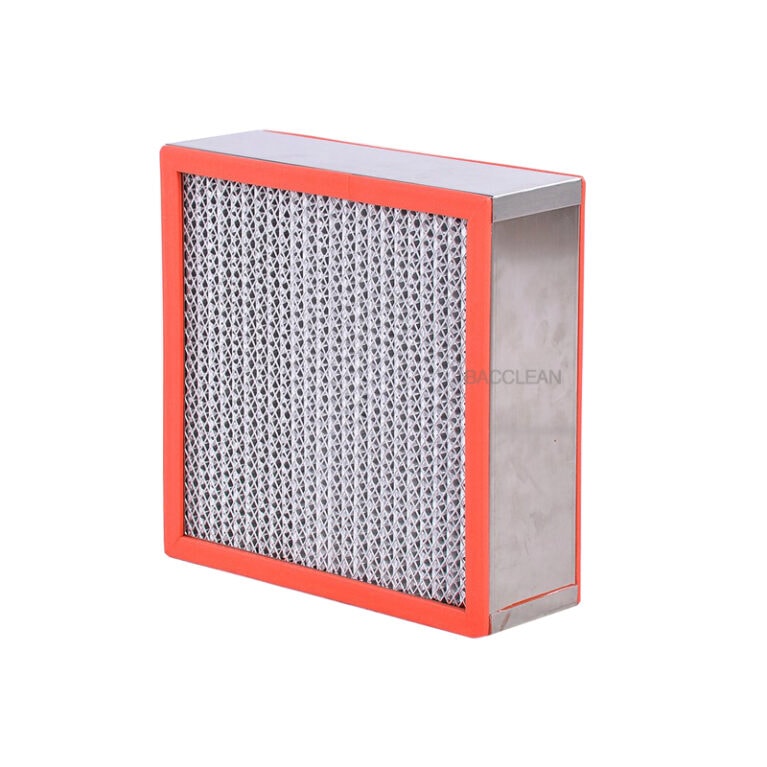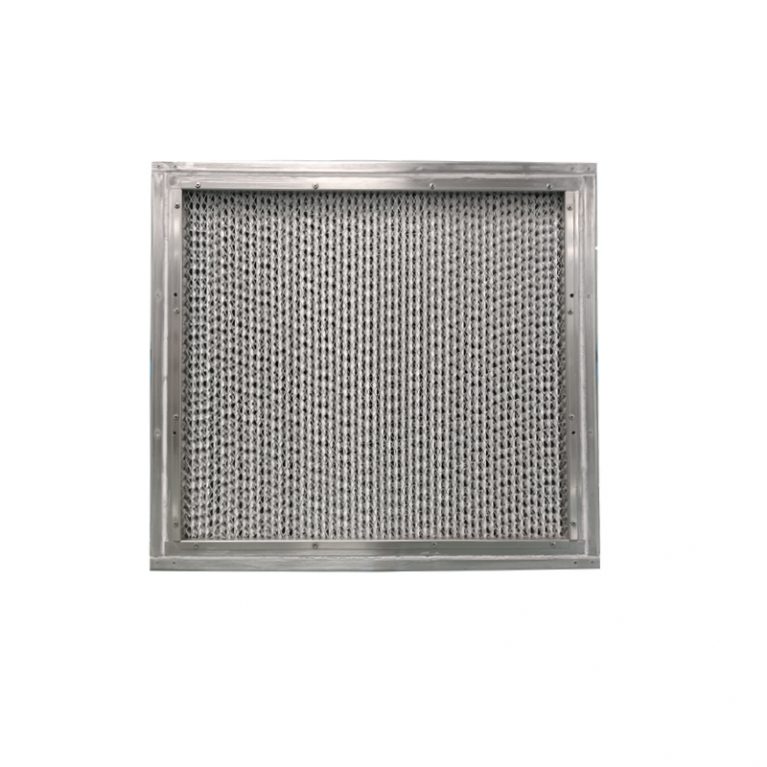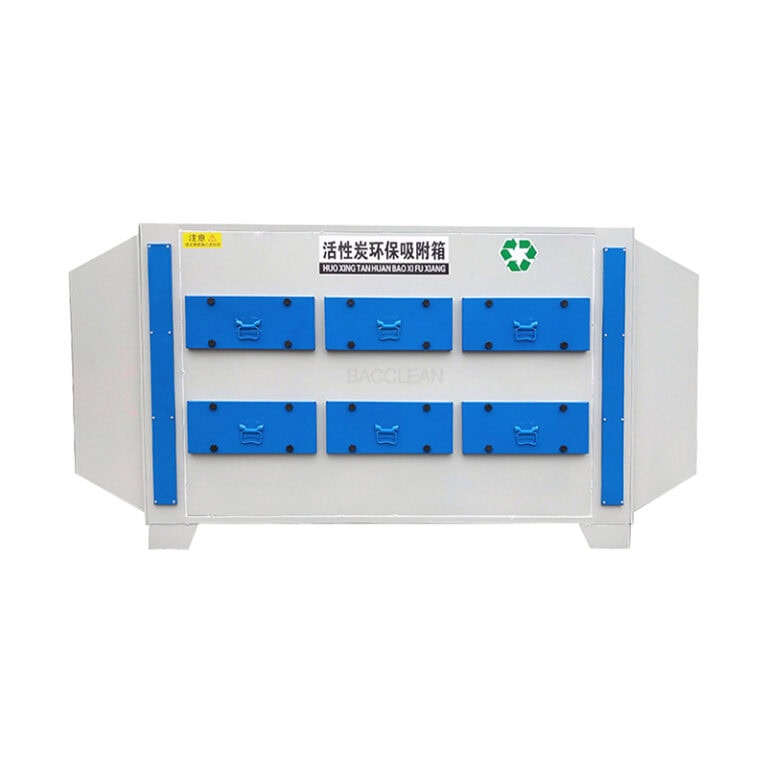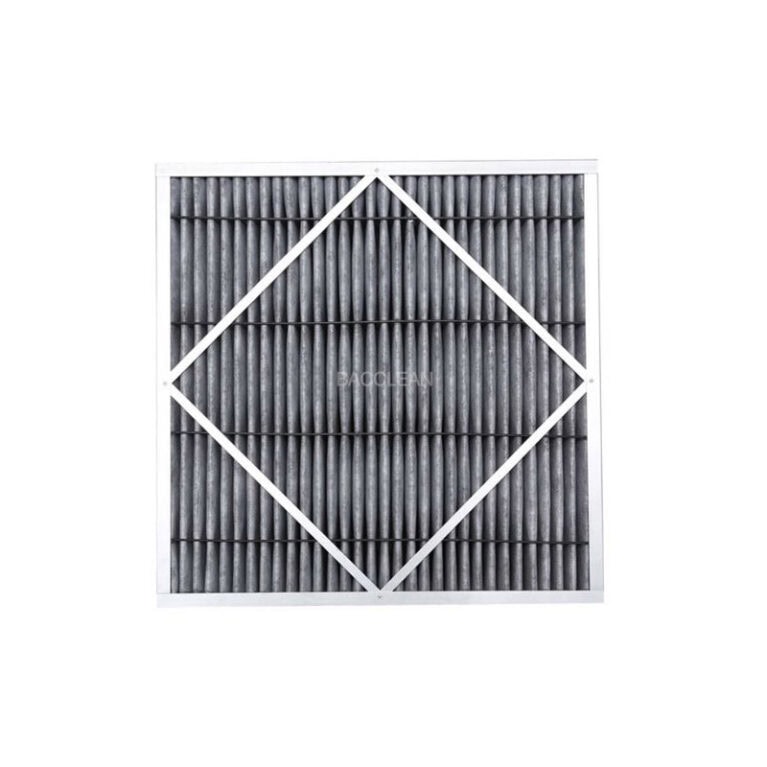The classification of clean benches is mainly based on the direction of air flow and application scenarios. Among them, the direction of air flow is the most crucial classification basis, directly determining the functional characteristics and application scope of the equipment. The following are the specific classifications:
I. Classification by Airflow Direction (The main classification method)
Horizontal flow clean bench
Airflow characteristics: Clean air is blown out from the high-efficiency filter at the back (or side) of the workbench, flows horizontally through the operation area, and is finally discharged from the front or the other side.
Core advantages: The airflow directly covers the operation area, providing better cleanliness and protection for the samples. Moreover, the airflow path is short, resulting in relatively low energy consumption.
Limitations: The airflow may directly blow towards the operator. If handling volatile, toxic or pathogenic substances, it can easily lead to personnel exposure, and the safety is relatively weak.
Applicable scenarios: It is suitable for low-risk, non-pathogenic clean operations, such as electronic component assembly, precision instrument maintenance, and inoculation of common microorganisms (non-pathogenic bacteria), etc.
2. Vertical flow clean bench
Airflow characteristics: Clean air is blown vertically downward from the high-efficiency filter at the top of the workbench, covering the entire operation area, and then discharged from the exhaust ports at the bottom or rear side.
Core advantage: The airflow forms an “air curtain barrier”, which can quickly carry away the pollutants generated during operation. It not only protects the samples from external contamination but also prevents the pollutants from spreading to the operators, making it safer.
Applicable scenarios: It is suitable for scenarios with high requirements for safety and cleanliness, such as cell culture, sterile drug production, pathogenic microorganism treatment, and toxic chemical operation, etc.
Ii. Classification by function and purpose
General-purpose clean bench
The design is simple and suitable for most basic clean operations, such as routine sample processing in the laboratory and assembly of small electronic components. The airflow direction can be divided into horizontal flow or vertical flow.
2. Sterile clean bench
Designed for fields such as biomedicine and pharmaceuticals, it emphasizes aseptic environment control, typically featuring a vertical flow structure and equipped with more stringent filtration systems (such as HEPA+UV sterilization lamps) to ensure that the operation area is free from microbial contamination and complies with industry standards like GMP.
3. Anti-static clean bench
It is used in the electronics and semiconductor industries. Besides providing a clean environment, the workbench surface and the casing are made of anti-static materials, which can release static electricity and prevent it from causing damage to precision electronic components.
Iii. Classification by Structural Form
1. Desktop clean bench
It is small in size and can be directly placed on the laboratory bench or workbench, making it suitable for small laboratories or scenarios with limited space.
2. Vertical clean bench
It comes with a built-in stand or cabinet, has a relatively high height, and provides a larger operation area space. It is suitable for placing large equipment or complex operations and is commonly found in pharmaceutical workshops and large laboratories.
When making a selection, priority should be given to screening based on the safety risks of the operation (such as whether dangerous goods are involved) and the cleanliness requirements, combined with the classification of airflow direction, and then the functional and structural compatibility should be considered.
